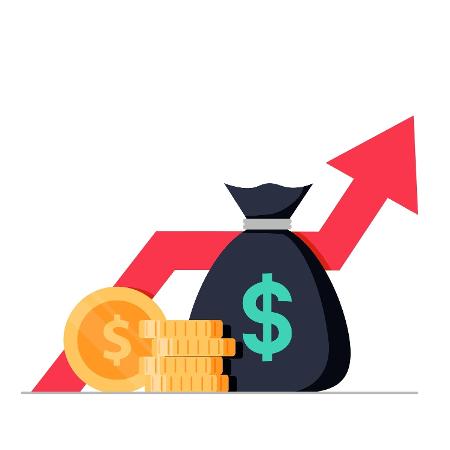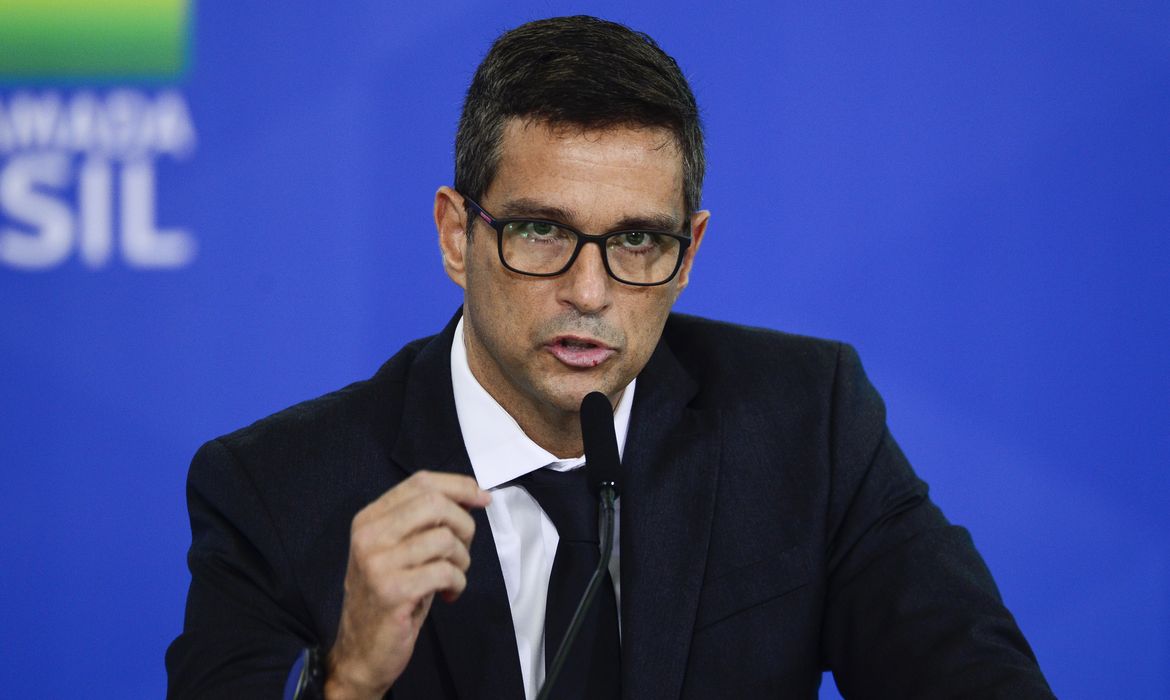The average prices of imported goods are rising fast and on a widespread fashion in early 2022. Average import prices rose 32.8% year over year from January to March, while the volume of foreign purchases fell 4.3%. The rise in import prices was relatively generalized, with a 53.1% rise in commodities and a 30.8% rise in non-commodities, raising concerns about the effects on domestic inflation.
Imports totaled $60.5 billion in the first quarter, up 27.1% in the same comparison, according to official data. The data are from the Foreign Trade Indicator (Icomex), expected to be released this Tuesday by Fundação Getulio Vargas’s Brazilian Institute of Economics (FGV/Ibre).
Although the Secretariat of Federal Revenue strike may have affected the release of foreign trade figures for the first quarter of the year, specialists see effects mostly caused by prices rather than volume, both for exports and imports.
The conflict in Eastern Europe, they wrote, will probably delay the price increase expected for 2022. The global scenario of price pressure, they added, includes an interruption of export deflation by Asia, a pandemic and a restructuring of production chains that may also result from a reorganization of European countries in order to become less dependent on Russian inputs.
/i.s3.glbimg.com/v1/AUTH_37554604729d4b2f9f3eb9ad8a691345/internal_photos/bs/2022/a/T/cBchoRTKibgu7CdDFytg/19esp-100-importa-a14-img01.jpg)
Lia Valls — Foto: Leo Pinheiro/Valor
, a researcher at Ibre, stressed that imports in the first three months of the year show a different behavior from the same period last year. In the first quarter of last year, according to data from Icomex, the volume imported increased 8.5% while prices fell 3.1%. In 2021, she said, imports were boosted in the first half by an increase in volumes while prices accelerated their pace in the second half. In the year, the recovery of domestic demand contributed to an increase of 21.9% in the volume of imported products, with an increase of 13.1% in average prices.
For this year, she says, the scenario is likely to be different. “The imported volume is not expected to see a big boost this year as the economy is seen as slowing down,” she said. The different element in relation to the pressure of imported prices on domestic inflation is the appreciation of the real at the beginning of 2022, she highlights, unlike what was seen during last year. Given the uncertainty of the exchange rate, however, says the economist, the appreciation of the real is a development unlikely to continue.
The data from the Foreign Trade Secretariat (Secex/ME) also show a price acceleration in imports in the first quarter, with a 29.8% rise in prices compared with the same period last year. Volumes dropped 2.2% in the same criterion. In March, prices rose 29.5% with a diffusion index of 67.68, also indicating that the upward price trend was disseminated.
The acceleration of prices caused imports to expand at a pace unrelated with domestic demand, said Yasmin Riveli, an economist at Tendências. She points out that import prices in the first months of the year continued to be subject to high freight costs and were driven, among other items, by fertilizers and fuels.
Livio Ribeiro, a partner at BRCG consultancy and also a researcher at Ibre, says there is a “lockdown war” scenario, with disorganization of activities and impact on the price structure of Brazilian imports. He says that this impact goes beyond the more visible effects of the Russia-Ukraine war on commodity prices, such as wheat and oil.
The global scenario of price pressure includes the interruption of a longer process of Asian deflation exporting, a phenomenon that dates back to 2019, with the trade war between the United States and China, Mr. Ribeiro said. Since then, he said, all the productive linkages that led Asian countries to flood the world with cheap “tradable” goods began to be lost.
The slowdown in Asian deflation export, says the BRCG partner, happened as a result, among other factors, from the displacement of Chinese production to other countries to the adoption of a strategy of less dependence on American supply.
These are costly processes at the time of implementation, he highlights, and that had already led to a change in the global production chain structure. Production models set up for decades and that were considered efficient from an economic standpoint changed because they were no longer efficient from a strategic standpoint, he said.
In addition to this phenomenon since the beginning of 2019, there was a pandemic that shuffled everything around, and since then successive shocks, including tighter lockdowns, and on top of all that came the war in Ukraine, the economist says.
“All of this suggests that at least for some time, until the production chains reorganize themselves, we are going to have higher prices. That certainly won’t be solved by the end of this year.” There is a realignment in the prices of tradable industrial goods in the world, which impacts Brazilian imports due to its composition and also due to the country’s industrial structure.
The reading of industrial goods within Brazil’s benchmark inflation index IPCA released by the Brazilian Institute of Geography and Statistics (IBGE) shows the impact of import prices of intermediate goods and final industrial goods on domestic prices, Mr. Ribeiro said. Since the middle of last year, he recalled, the monthly reading is at the peak of the historical series since 2012 and earlier this year there have already been monthly records in the first three months. In March, industrial goods inflation within the IPCA reached 1.21%.
Mr. Ribeiro points out that the result of Russia’s invasion of Ukraine will lead to a structural change, no longer to a cyclical one. Global value chains and logistics were not going to stay disorganized forever. “They were going to get organized at a certain time and a certain price eventually.”
But what we see now is a major player in the world, Europe, changing its production chaining as a matter of geopolitics, he said. European countries will seek to become less dependent on inputs from Russia, he added, which will lead to a new balance. “It is no longer a matter of waiting for a shock, even a prolonged one to pass. There is a change in the way of doing so that will impact the global productive chain.”
The productive structures created over the last 25 years, Mr. Ribeiro points out, are going through changes. In the first round, it was due to the trade war between the United States and China. In the second one, by the desire for strategic protection of production due to the impacts of Covid-19 on the productive chain. Now, in the third round, he says, by geopolitical issues triggered by the Russia-Ukraine conflict.
Source: Valor International

/i.s3.glbimg.com/v1/AUTH_37554604729d4b2f9f3eb9ad8a691345/internal_photos/bs/2022/v/m/ddHZbOSIq90WVj3BlKOw/200921patriciapereira010.jpg)

/i.s3.glbimg.com/v1/AUTH_37554604729d4b2f9f3eb9ad8a691345/internal_photos/bs/2022/V/F/zvUPbzTH2oOA5gubCyzw/robertocampos2.jpg)


/i.s3.glbimg.com/v1/AUTH_37554604729d4b2f9f3eb9ad8a691345/internal_photos/bs/2021/i/9/zIDvyBSFCN351xUqyfmA/rafaela-vitoria-banco-inter-credito-ana-paula-paiva-valor.jpg)




